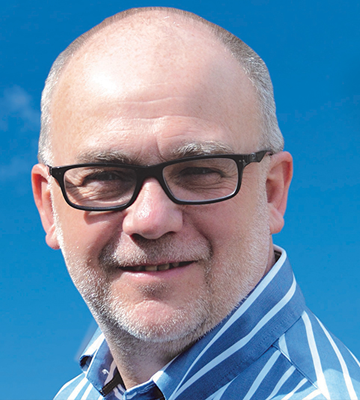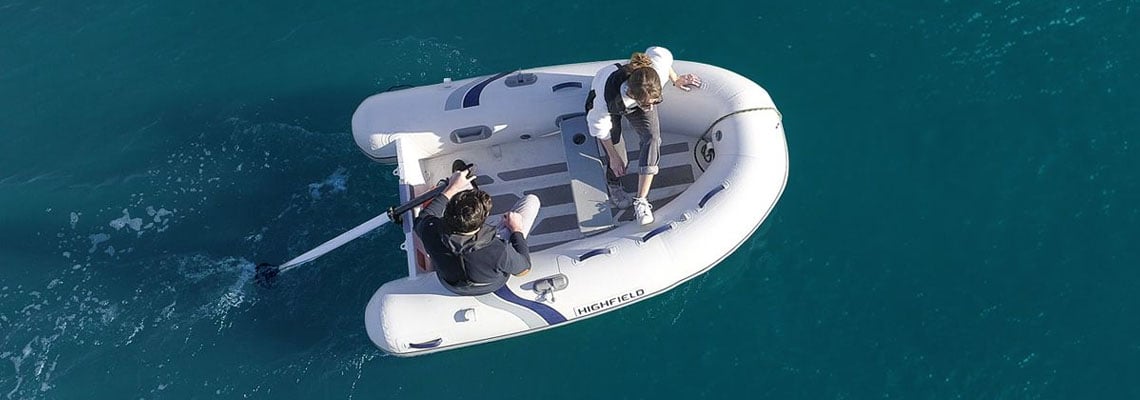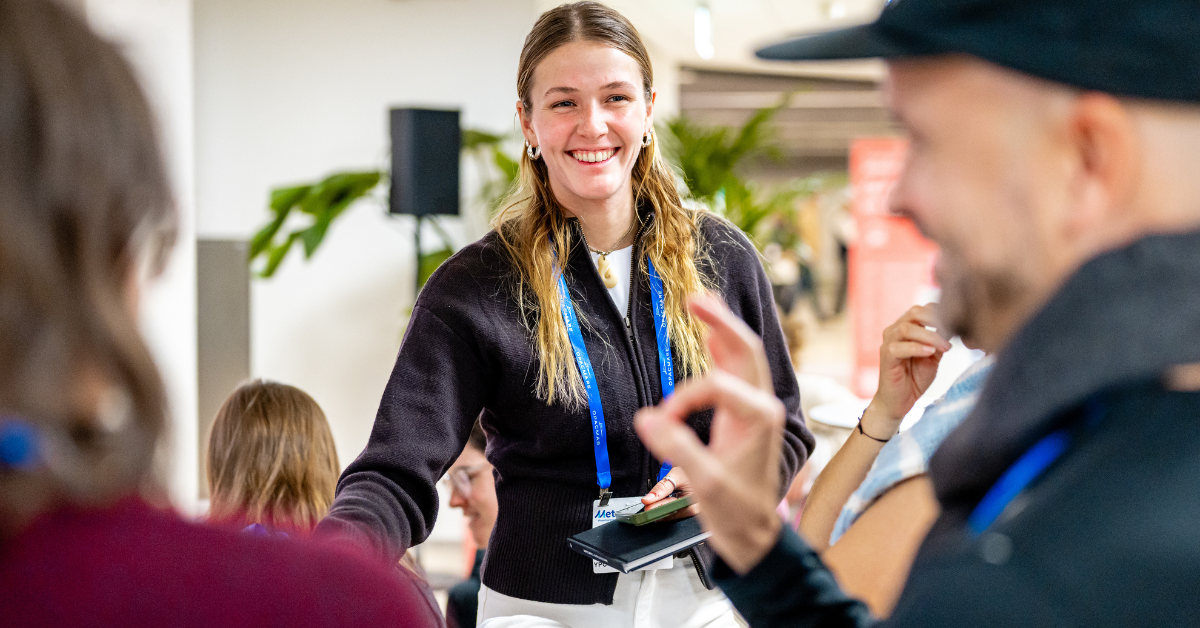Great design is more than surface deep
 Kim Hollamby
Kim Hollamby
Dr Arjen Jansen, lecturer at TU Delft’s Faculty of Industrial Design Engineering and DAME Award Jury member since 2015, explains why there should be more to well-designed equipment than a small incremental step or superficial change.
 |
The sweet spot of where we like our students to focus when considering the design of any product is exactly centred between human, business and technology. We don't care about any one single element, such as technology, people, or money. Great product design is user-centred. It’s both feasible and viable as well as desirable.
Innovation is thinking beyond the immediate problem
Feasible relates to whether the technology can deliver. Viable asks the question ‘Will we be able to make money out of it, is it a decent business case?’ Desirable tests whether it solves a problem for the user. Our design students start with a user’s problems and try to solve them. Answering the challenge by only making a small step in innovation may not be enough and can be very inconvenient for clients.
We have companies coming to university with what they call a problem, but nine times out of ten these are actually solutions. We then try to define the underlying problem. Innovation is not about dealing with the obvious thing, but trying to go one or more layers deeper to solve the reasons why the problem arises in the first place – that's one of the things that proficient industrial design is all about.
Good design is sometimes mistaken for something that is shiny and beautiful outside, but that’s just one aspect. It's much more important to think from the inside out.
Improving user experience with good design
The role of design in making better things for any industry is to take a broader perspective than just the issues at hand. The automotive industry is very good at this, particularly in the way it integrates everything. When I bought my first vehicle its separate component audio system was probably more expensive than the car itself. Now the audio and all other aspects of a modern car are nicely integrated and that’s a lesson the marine industry can learn. A boat is filled with all types of different components, which have different backgrounds and different interfaces. It’s an area I’d like our students to explore with companies, to see what could be done to improve the experience for boat users.
In this age we need to look at how the human behaves on board and how we design something that really benefits his or her needs and desires. The marine industry also has to be aware of different perspectives, uses and cultural influences across its global markets. A good designer is capable of seeing beyond his or her own limitations, assumptions and window of prejudice.
That's why we're always pushing our students to stay away from just the incremental improvements and see where we can really change the industry and improve the user experience. New ideas can meet resistance and a ‘not invented here’ reaction, but it is important to embrace change. In many industries the mainstream developments are all incremental innovations. What we like our students to do is not rest on these smaller steps, but to test whether there's a real ability to make something disruptive.
TEMO 450, a mould-breaking product
We saw a really great example of a mould-breaking product with last year’s DAME R&D Excellence in Adversity Award winner. The TEMO 450 is a brilliant design which totally steps away from the standard way you have an outboard engine fixed to your dinghy. It avoids the mistake of adding ‘design furniture’ (ornamental rather than functional features). A good designer ‘designs things off’ a product.
The TEMO also addresses its wider uses, not just in operation on a transom but how to remove it and stow it onboard the mother ship in a safe way. It wasn’t enough for TEMO to produce an outboard with an electric motor – they went a step beyond.
An example of thinking beyond the immediate problem that we teach our Faculty’s students concerns deodorant. Producers were forever trying to develop even stronger mixes to prevent body odour but the real breakthrough came when someone realised that anti-perspirant stained darker materials. The extra step was to design a product that did not mark your clothes.
Looking deeper into a problem is always interesting.
Share your stories on leisure marine industry with us
Do you have an innovation, research results or an other interesting topic you would like to share with the leisure marine equipment industry? The METSTRADE website and social media channels are a great platform to showcase your stories! Let us know via metstrade@rai.nl
Are you a METSTRADE exhibitor?
Make sure you add your latest press releases to your Company Profile in the Exhibitor Portal for free exposure.


